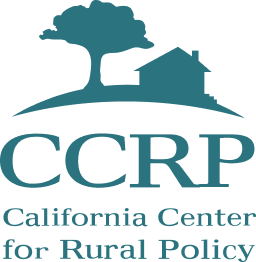Humboldt County BIPOC Student Listening Sessions
In response to the police brutality against people of color, the ongoing racial injustices across the country, and the Racial Equity Statement released by the Northern Humboldt Union High School District in June of 2020, a series of listening campaigns and meetings for Black, Indigenous, and People of Color (BIPOC) students around Humboldt County were organized by students with support from administrators. BIPOC students, staff, families and community members were invited to these listening sessions to share their experiences with racism in the community and in school and to help inform changes to district and school level policies and practices.
These listening sessions, along with two conversations with the Cal Poly Humboldt California Center for Rural Policy (CCRP), helped inform the information and recommendations outlined in the reports below. These reports are owned by BIPOC student representatives from five different Humboldt County high schools and is intended to be a living document that can be shared with whoever they see fit. By putting it in written form, it allows students an easier way to communicate their experiences so they don't have to relive the trauma and continue to talk about their experiences with racism and microaggressions.
Reports:
Humboldt County Child Care Needs Assessment
Commissioned by the Local Child Care Planning Council of Humboldt County, this document reviews many key factors that will influence child care needs including: demographic trends, child care demand and supply, services for children in special populations, information about subsidies and cost and briefly reviews the child care workforce. It is our hope that this information will be used as a tool for local stakeholders to inform future child care planning and implementation and to target resources towards the regions within the county that need the most attention.
Reports:
A Snapshot: Local Industry & the Dependence on Child Care
What makes a worry free and productive workday? If you’re a parent, knowing that your child is in safe hands. If you’re an employer, knowing that your employees will be present and aware for their full workday. Reliable child care takes care of both needs and is an essential support to local industries. However, quality child care has been threatened with decreases in public funding and providers leaving the field.
Reports:
Truancy Intervention For Teenagers
Since teenage truancy frequently stems from social issues, its remedies include mental health and social services, health care access and behavioral counseling and tutoring– as well as law enforcement. Truancy programs are typically school-based, community-based or court-based, depending on who spearheads, funds and staffs them. But they all use similar procedures: strong attendance policies, counseling, well-trained staff and continuing internal evaluation.They also all feature collaboration, between community resource providers and the school district/county office of education, and between government and community services.
Reports:
Two School Systems, Same Goal
Two seemingly different models of school systems aim to increase student success, graduation and continued education in the face of low test scores and high dropout rates in the four-county area of the Redwood Coast Region in California. Throughout the region, schools and community organizations are discussing these important educational indicators because they can impact the children’s current and future health. Relationships, both peer-to-peer and teacher-to-student, have a positive impact on these outcomes, and interventions that promote learning and well-being are important.
Reports:
Remedies, Not Punishment: Restorative Practices In The Schools
Repairing harm, rather than punishing violators of law, is the focus of the justice theory that has become known as restorative justice. The goal is to remedy the damage or injury to the victim–via apology, community service or restitution– instead of punishing the offender. Use of restorative justice and restorative practices have been employed with success in the school system as a way to address rule violations and prevent disciplinary problems. They have been effective in reducing violence and disobedience while increasing respect and productivity in the classroom–especially in more close-knit rural areas.
Reports:
